What are the reasons for choosing this or that fish for your home aquarium? In the beginning, it’s probably basically the colors. Over time, you develop a feeling for the wealth of shapes in the realm of fish, then swimming behavior and body shape are added to the selection criteria. And finally, you delve deeper into the life history of the fish and study their behavior, look at evolution and zoogeography, i.e. the question of how today’s fish distributions can be explained by geological history.
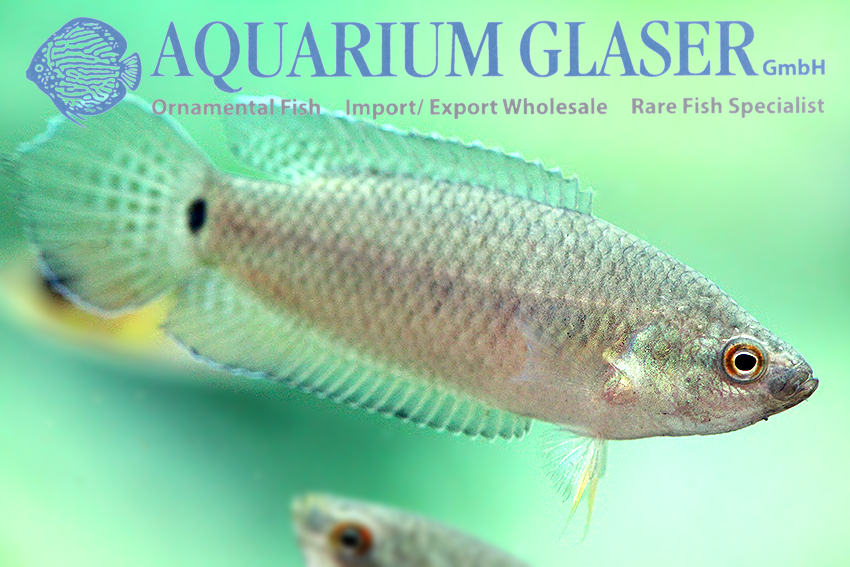
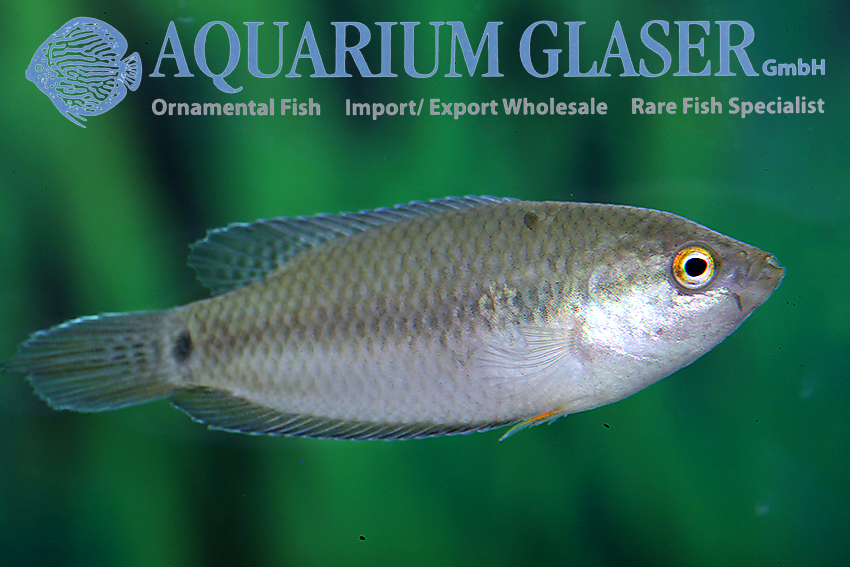
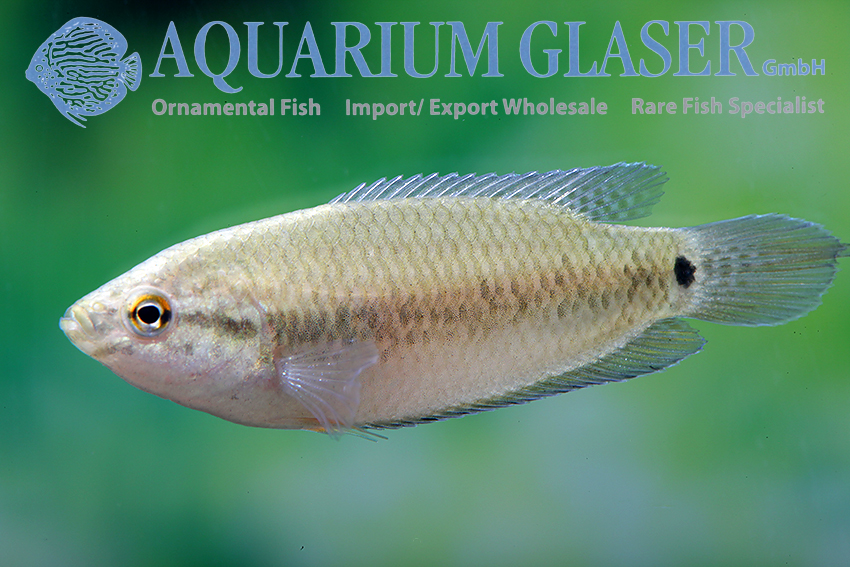
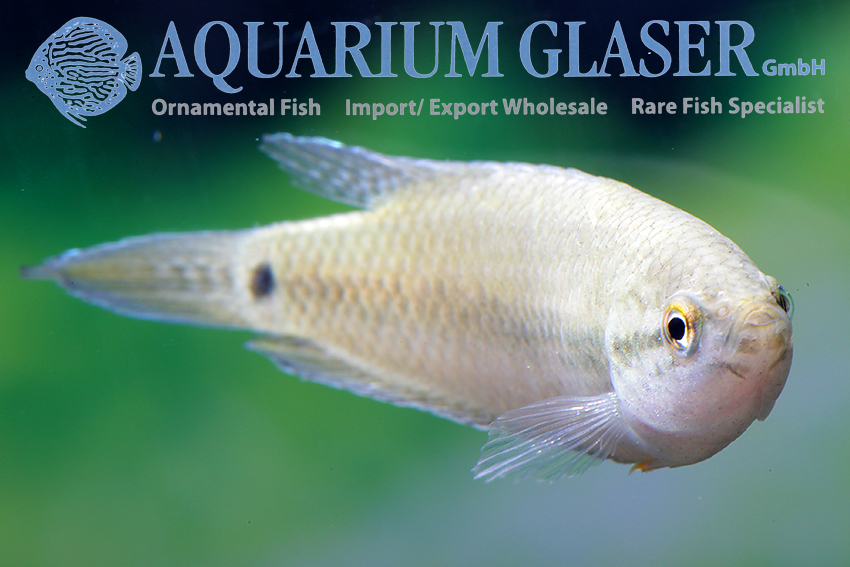
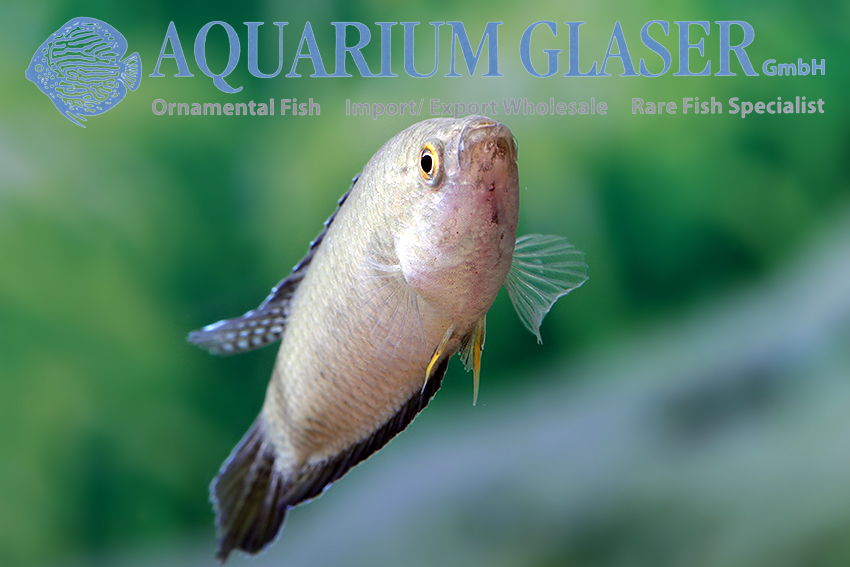
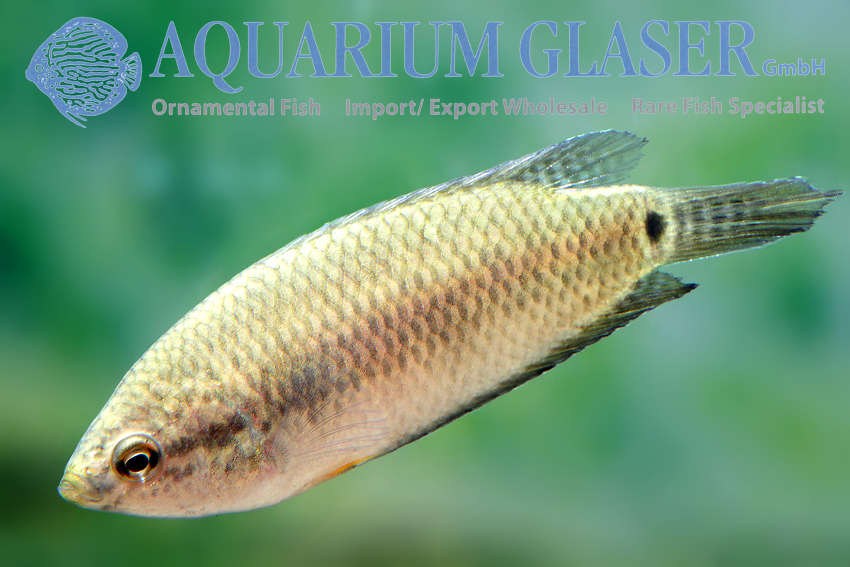
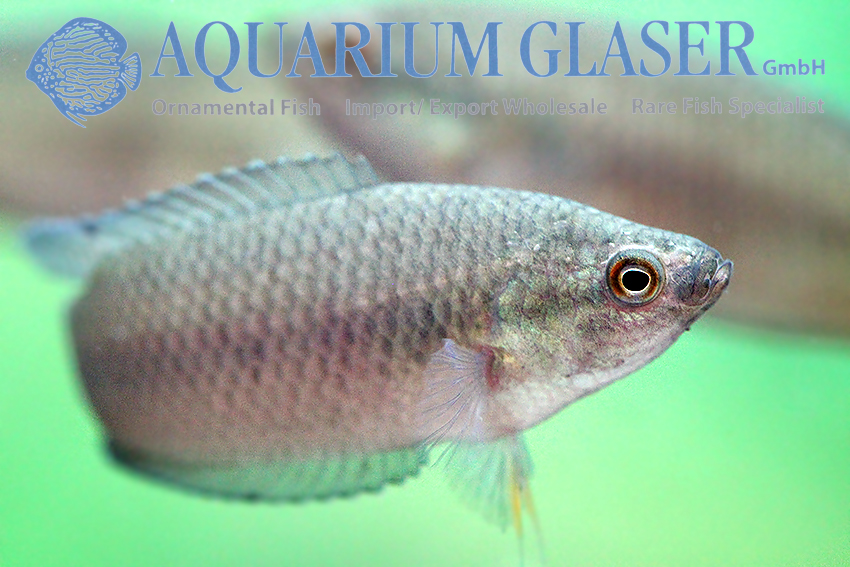
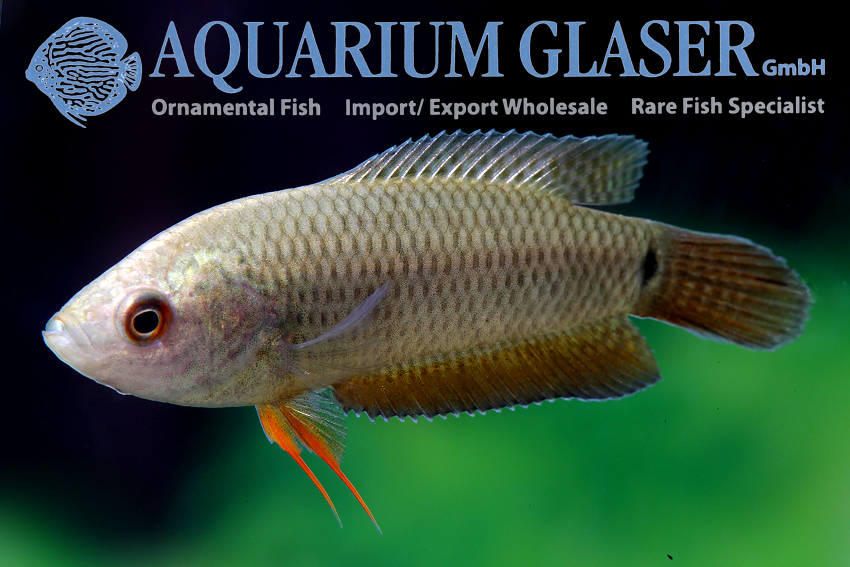
If you take an unbiased first look at the black spiketail paradisefish (Pseudosphromenus cupanus, formerly Macropodus cupanus cupanus), you will think: what a gray mouse! The fish, which is a maximum of 6 cm long, usually shows hardly any color and especially when it is disturbed – i.e. in an unfamiliar environment – it switches to camouflage mode and is then (hard to imagine, but true) even less attractive.
Acclimatized specimens in somewhat dim, but well-planted and structurally rich aquaria develop pretty red tones in the fins and often a ruby-red eye. Things get really interesting when the animals get into a breeding mood. Then the male (recognizable by longer fins and a slimmer belly line) becomes light ash-grey, the female coal-black. The bubble nest builder likes to build its nest near the bottom under large plant leaves or other shelters such as coconut shells, flower pots etc. In contrast to most other labyrinth fish, the female is involved in caring for the brood and often even takes over completely if the male drops out. The zoogeography of this species, which is only found in southern India and Sri Lanka, is very interesting. In the Indian state of Kerala, it lives together with the second Pseudosphromenus species, P. dayi, although the ecological separation of the two extremely closely related species is completely unexplored. Interestingly, when P. cupanus occurs together with P. dayi in the same habitat, they adapt to this species in terms of color within the limits of their possibilities and then appear much more colorful than their conspecifics in areas inhabited by them alone.
ll in all: a really exciting gray mouse, of which we can now offer adult offspring. These completely peaceful animals are very easy to care for, any drinking water is suitable for keeping and breeding and any usual ornamental fish food is readily accepted.
For our customers: the animals have code 446503 on our stocklist. Please note that we only supply the wholesale trade.
Text & photos: Frank Schäfer




